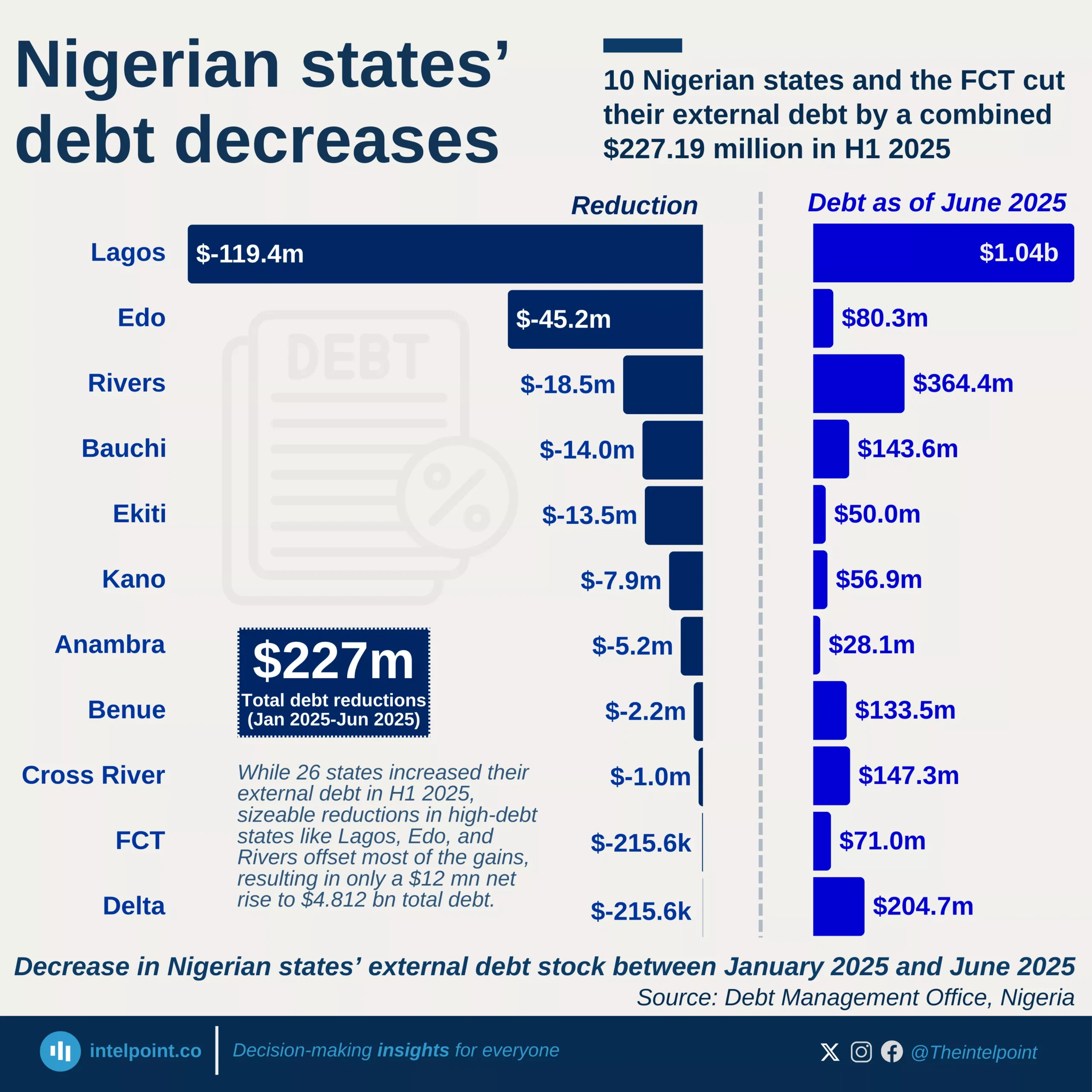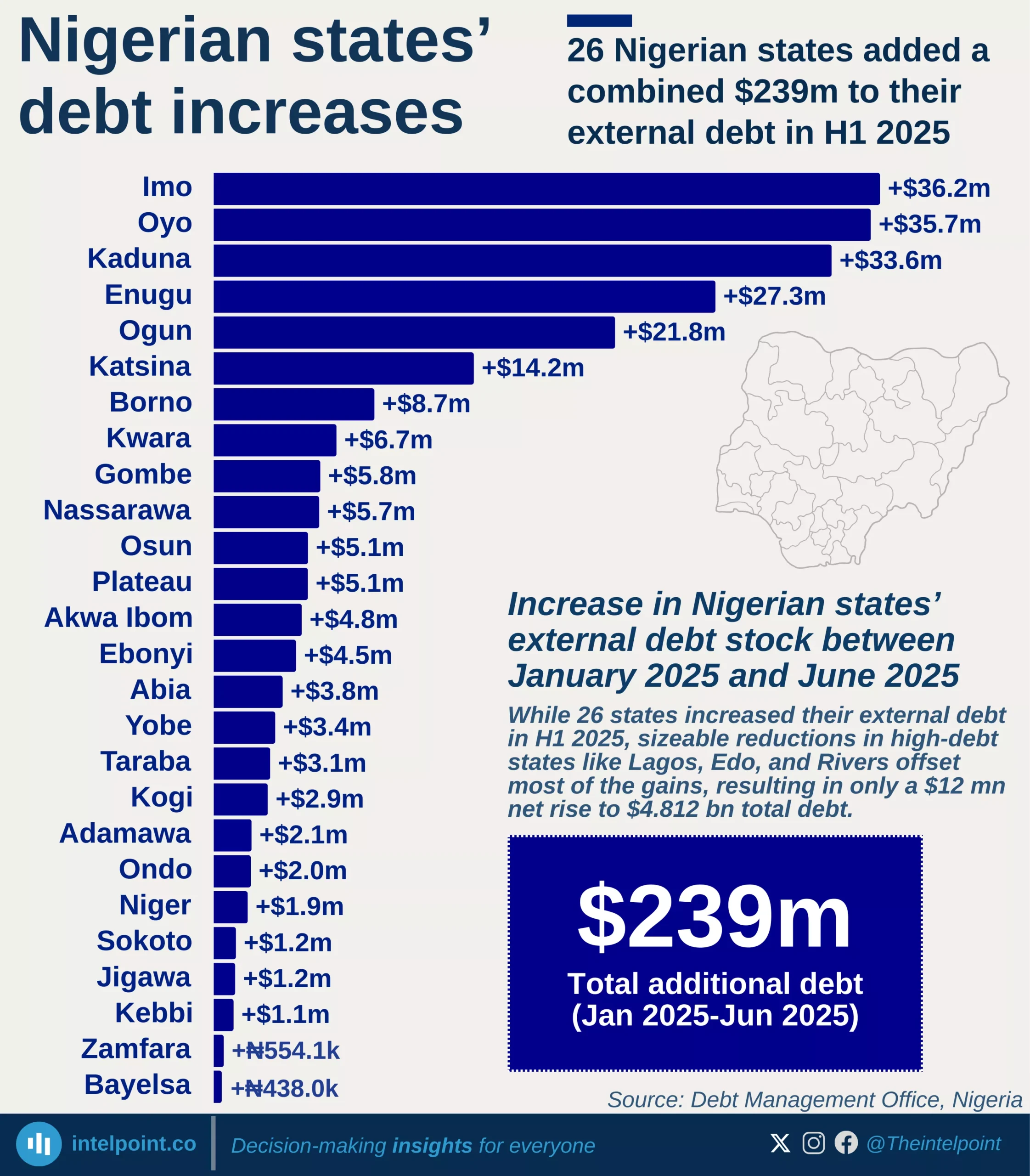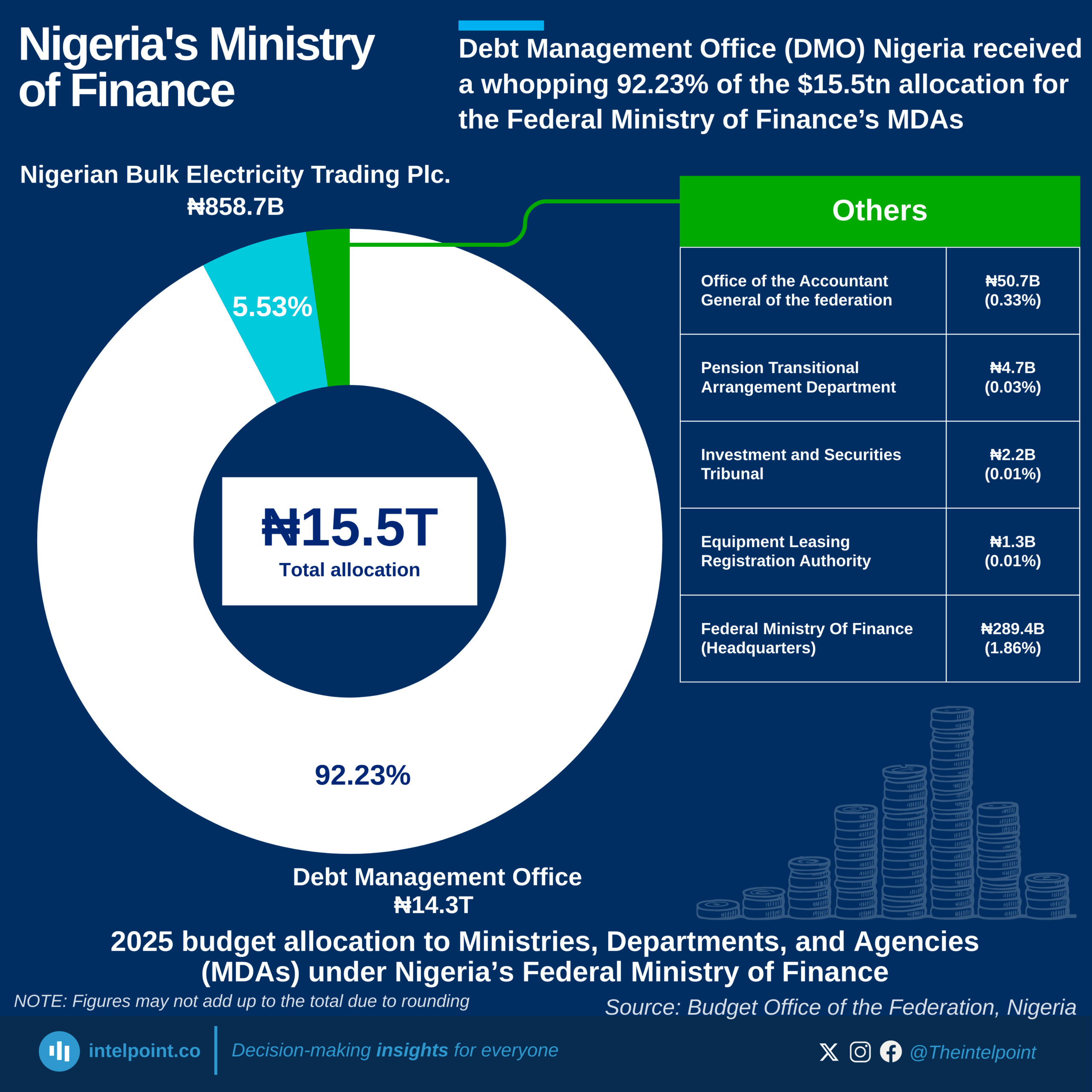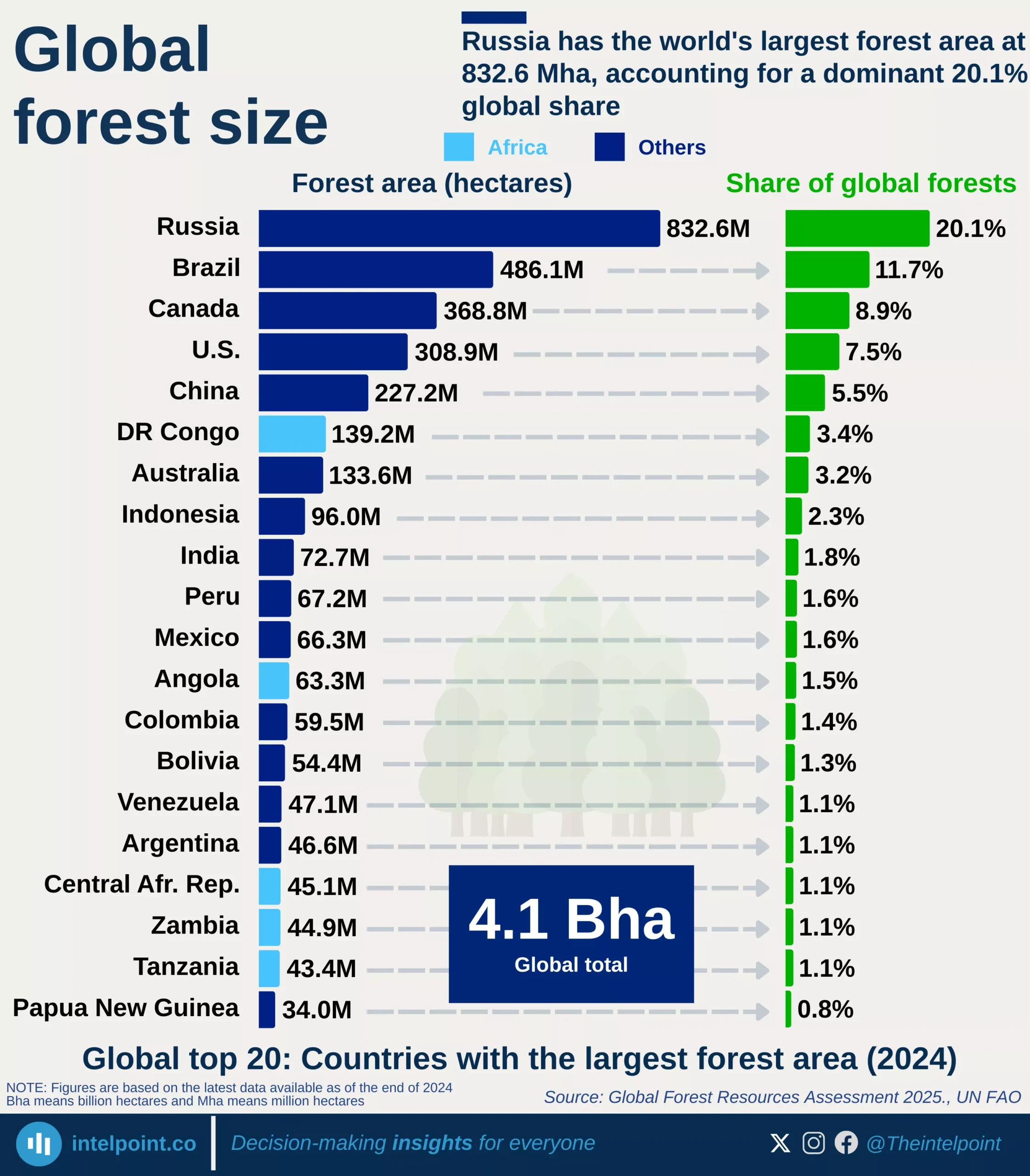Argentina, Egypt, and Ukraine were the IMF’s top three debtors as of June 26, 2024, accounting for $51 billion (46%) of the total debt. Egypt, Angola, and Kenya occupy the top three spots in Africa on the IMF’s debtors’ list.
As of December 2023, Kenya's public debt stood at Ksh11.14 trillion (approximately $76.8 billion). By June 2024, its debt to the IMF had increased by 245% from $744 million in August 2020.
This increase has coincided with protests in Kenya, where citizens opposed a proposed finance bill aiming to raise additional taxes to reduce the budget deficit and state borrowing.





